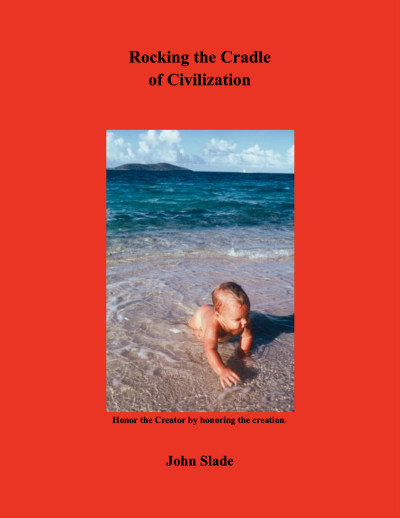
Rocking the Cradle of Civilization
Available at: Amazon
An epic novel, 541 pages in this American classic.
Prairie Wind, a Native American girl, eighteen years old, speaks about reaching deep inside to find the best that is in us. She, looking upon America with her Lakota Sioux eyes, does not believe that the racism and butchery which her people have experienced—including the Wounded Knee massacre—comprise the final chapter in America’s long story. She has a powerful vision for the future.
She knows that young people have the talent and the determination to build a far better world. Though she was born “an impoverished outcast” on the Rosebud Reservation in South Dakota, she becomes a lawyer, able to defend the rights of her people, and able as well to defend the rights of Mother Earth.
Rocking the Cradle of Civilization is a deeply positive story that reaches out to the entire planet with a message of determination and hope.
* * * * *
With a PhD in literature from Stanford University, John Slade has worked with bright and motivated students in California and New York, on the island of Saint Croix in the Caribbean, above the Arctic Circle in Norway, and in the historic cities of Saint Petersburg and Arkhangelsk, Russia.
John deeply believes that young people around the world are fully able to rise to the great challenges which they have inherited in the 21st Century. He hopes that Rocking the Cradle of Civilization can offer both encouragement and concrete guidance as they build a long-awaited Renaissance.
* * * * *
View sample chapters:
- Chapters 1-4
- Chapter 6, The Cradle of Civilization and the Holocene
- Chapter 33, The Kelp Forests
- Chapters 53-54, Prairie Wind and her Lakota Sioux people
- Chapter 80, Mother Humpback Whale and Calf
Book categories: Climate Change and Clean Energy
